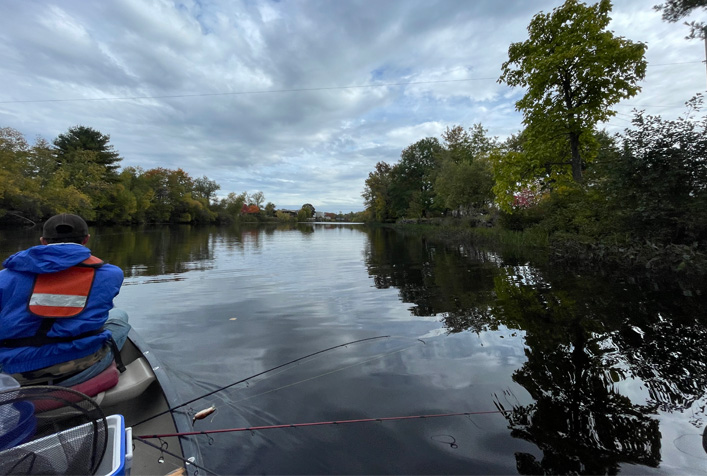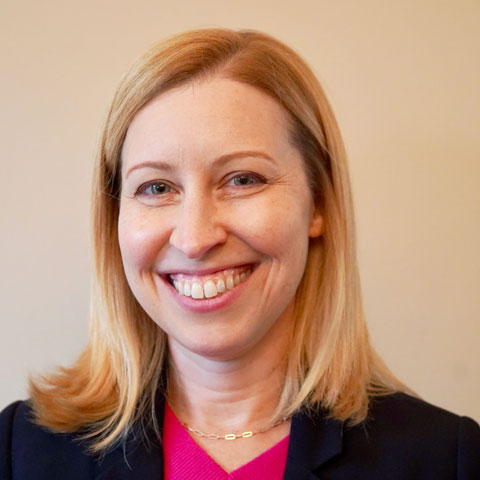Environmental and Occupational Health
Every community deserves safe air, water, soil, and food, just as every worker deserves a safe and healthy workplace. ERG’s public health scientists, epidemiologists, toxicologists, occupational safety and health professionals, and industrial hygienists have dedicated their careers to protecting and improving the health and well-being of our workers, vulnerable communities, and the population at large. ERG has helped government agencies to better understand how environmental and occupational exposures to chemical, physical, biological, and radiological hazards can affect people’s safety and health. Whether it be identifying the occupational hazards associated with exposure to heat, evaluating the impacts of contaminated drinking water on residents near hazardous waste sites, or educating workers on how to improve their physical well-being, our multidisciplinary team applies sound scientific principles and uses both established and innovative approaches to help solve problems. From in-depth research and data compilation to scientific assessment and policy and regulatory analyses, ERG’s environmental and occupational health support services promote sound risk management decisions and prevention strategies.
Environmental Health
- Exposure investigations and evaluations
- Fate and transport modeling
- Risk assessment and hazard characterization
- Toxicological and epidemiological evaluations
- Wastewater-based epidemiology
- Emerging contaminants
- Training, outreach, and guidance tools
Worker Safety, Health, and Wellbeing
- Injury and illness reporting and prevention
- Program development and implementation
- Exposure monitoring
- Hazard evaluations and root cause analyses
- Regulatory support
- Safety, health, and environmental program audits
- Emergency planning
- Health and wellness
- Training, outreach, and guidance tools
Management Systems
- Safety and health management systems
- Environmental management systems
- Training and conformance reviews
Projects

Nationwide PFAS Exposure Assessment
Agency for Toxic Substances and Disease Registry

PFAS Multi-Site Health Study
Silent Spring Institute

Pilot Public Health Projects with Community-Based Organizations
Massachusetts Department of Public Health

Support for Federal Agency Hearing Conservation Program
Undisclosed federal client

Reducing Toxic Air Pollutants at Petroleum Refineries
U.S. Environmental Protection Agency

PFAS Levels in Freshwater Fish
Massachusetts Department of Environmental Protection

Wastewater COVID-19 Surveillance to Prevent Outbreaks
New Mexico Environment Department

Shower and Household Water-Use Exposure (SHOWER) Model
Agency for Toxic Substances and Disease Registry

Support for Cyanotoxin Monitoring and Management Strategies
Massachusetts Department of Environmental Protection

Capturing Airport Lessons Learned from COVID-19
Airport Cooperative Research Program

Improving Employee Health and Wellness
U.S. Environmental Protection Agency

Developing a Workplace Stress Toolkit
Occupational Safety and Health Administration

Promoting Hospital Worker Safety
Occupational Safety and Health Administration

Measuring Community Exposures to Fill Critical Data Gaps
Centers for Disease Control and Prevention

Keeping EPA Employees Safe and Healthy at Work
U.S. Environmental Protection Agency

Development of OSHA's Severe Injury Report Capture Tool
Occupational Safety and Health Administration
Service Area Leads

Laboratories are some of the most energy- and carbon-intensive facilities in the built environment. Working together, lab owners, managers, users, designers, engineers, and builders are coming up with creative solutions to decarbonize the world’s labs. It’s my job to give a voice to their ideas and help reduce the impact and energy use of the research enterprise on the environment.

Many Americans face serious hazards in performing the work that keeps our society functioning. I’m proud to play a part in solving compelling occupational health challenges so that we can keep people safe, healthy, and on the job, whether they are caring for patients, working outdoors in the summer heat, or facing numerous other hazards.

Often the most vulnerable communities are disproportionately impacted by environmental hazards. In my work, I strive to offer solutions that help address environmental concerns and improve public health for all communities.

I always appreciate when our government clients ask us to help them quantify the benefits and costs of actions they are considering. The more complex assignments, such as accurately characterizing behavioral changes under multiple compliance scenarios, put a premium on our creativity and experience.

I am passionate about doing all we can to protect people’s health and well-being and the environment in which we live. I have devoted my career to addressing health risks encountered in our communities and workplaces. I strive to solve problems using common sense and sound science.

I am committed to keeping workers safe and healthy, supporting their physical and mental well-being, and helping workplaces achieve ambitious sustainability goals. It’s a tall order, but it is rewarding to help organizations continually improve in these areas. As an added bonus, I am constantly inspired by the dedication of the people I meet along this journey.

I was thrilled when I started working for ERG and found that I could apply my passion for environmental and occupational health by working for government agencies that promote and protect the health of individuals, workers, and the environment. This nexus has allowed me to pursue incredibly interesting work across myriad health-related topics and to help my clients plan, develop, and implement successful programs and initiatives.

I'm a ‘black sheep,’ a scientist in a family full of artists. That creative background gives me a different perspective on the kinds of technical problems that don't have ready solutions available. At ERG, I'm free to let my creative side help my technical side find solutions to our clients' large, complex problems.

Environmental science—especially figuring out how and where chemicals move through the environment—is continually challenging and endlessly fascinating. It’s extremely rewarding to know that our work helps protect human health and make sites safer for future generations.

I’ve always loved solving puzzles and I enjoy applying those skills in my work. Like a living puzzle, the transition to a net-zero emissions federal government and broader economy has many interlocking, interdependent, and continually evolving components. This makes the work more challenging but also more impactful, as it drives meaningful change that benefits current and future generations.

As a health and safety professional, I see my role as a facilitator, working to ensure that each client and colleague stays safe and healthy while accomplishing their work. I also truly believe that safety is a state of mind, and my goal is to have each person bring an awareness of safety wherever they are and to everything they do.

I thoroughly enjoy my communications work to reach and teach people, including developing catchy slogans, appealing graphics, and creative strategies to ensure that our clients’ messages reach their target audiences. I also love how communications touches on so many other disciplines. I get to work on a wide variety of topics with a wide variety of clients because good communication is essential to everything we do!

We’ve come a long way from the days of mad hatter disease and painting radium watch dials but, with workplace fatalities in the United States hovering just above 4,500 per year since 2009, we still have work to do. I’m proud to be part of that work at ERG. I’m pretty sure that number won’t reach zero in my lifetime, but I know that helping our clients develop better regulations and guidance to protect the nation’s workforce gets us one step closer every day.

Clean air, safe workplaces, a stable environment for generations to follow—these are just some of the ideals that motivate my daily work. I strive to bring the best available science to our nation’s current and emerging environmental health and occupational safety issues.